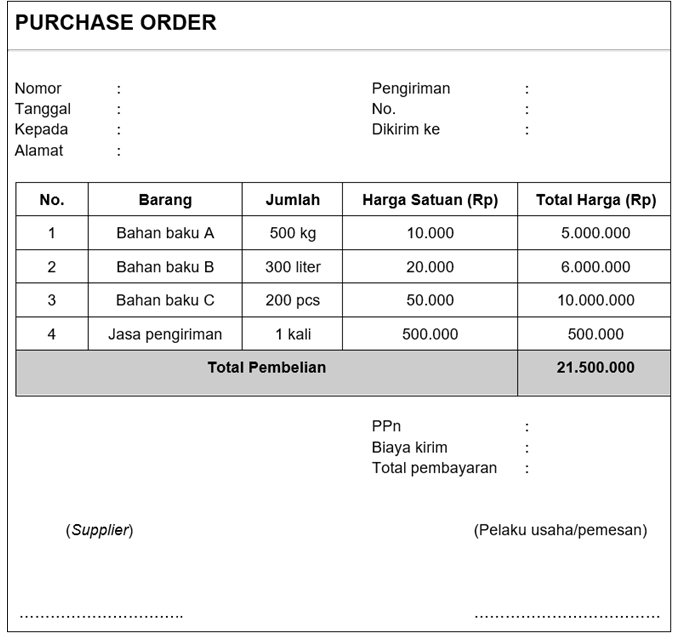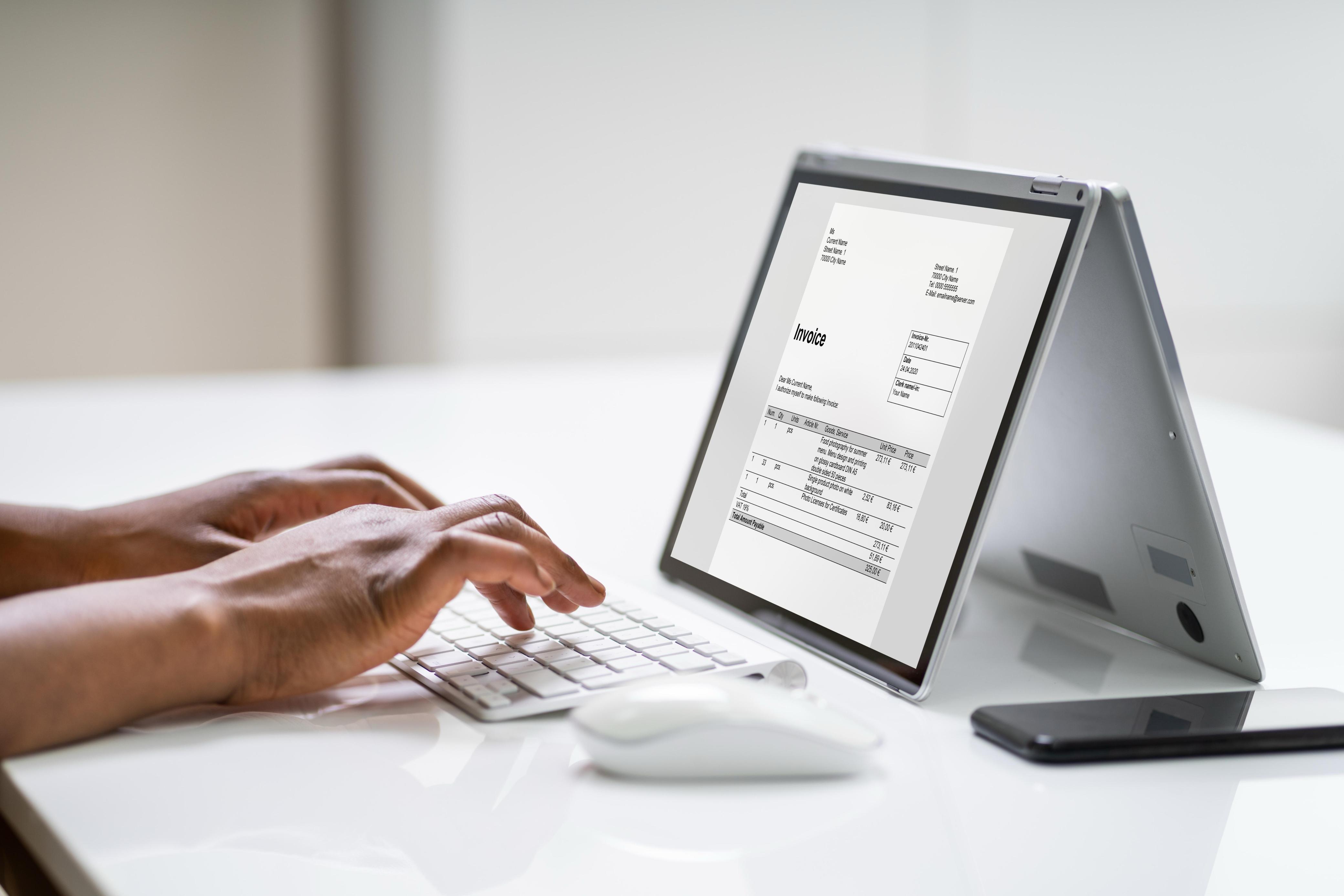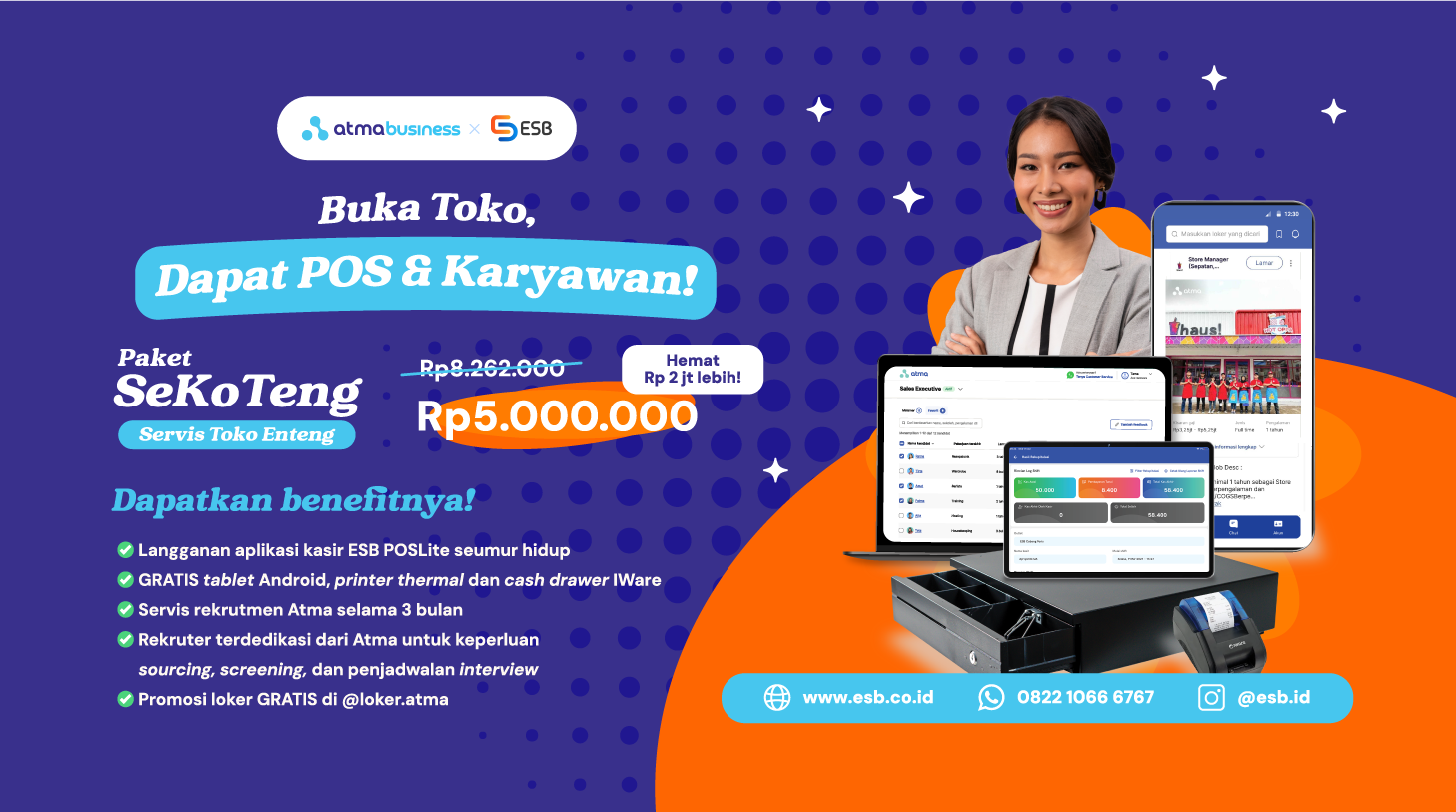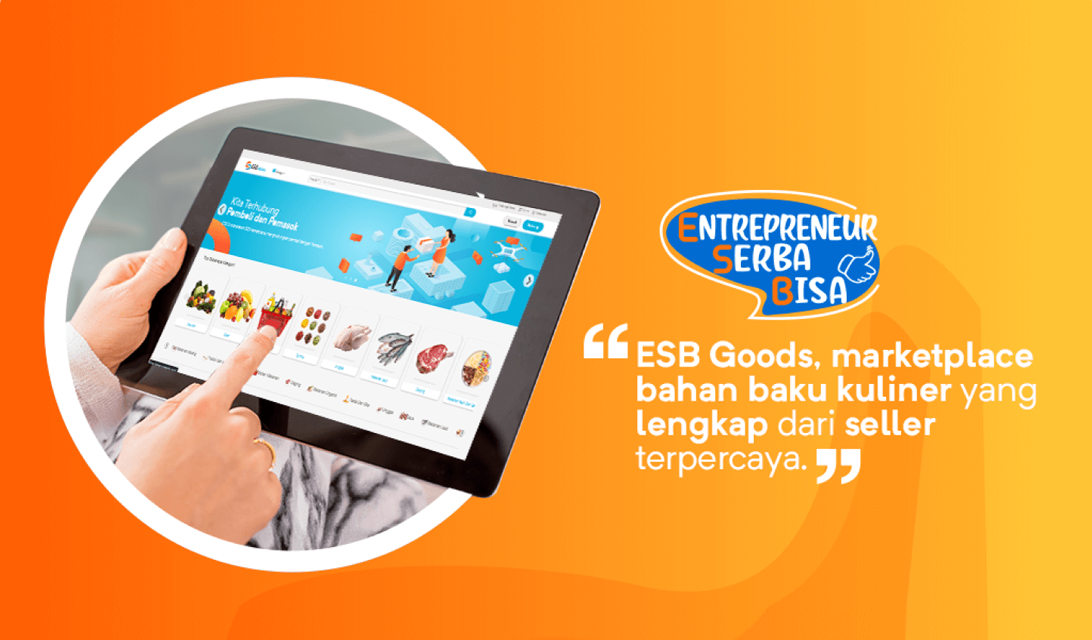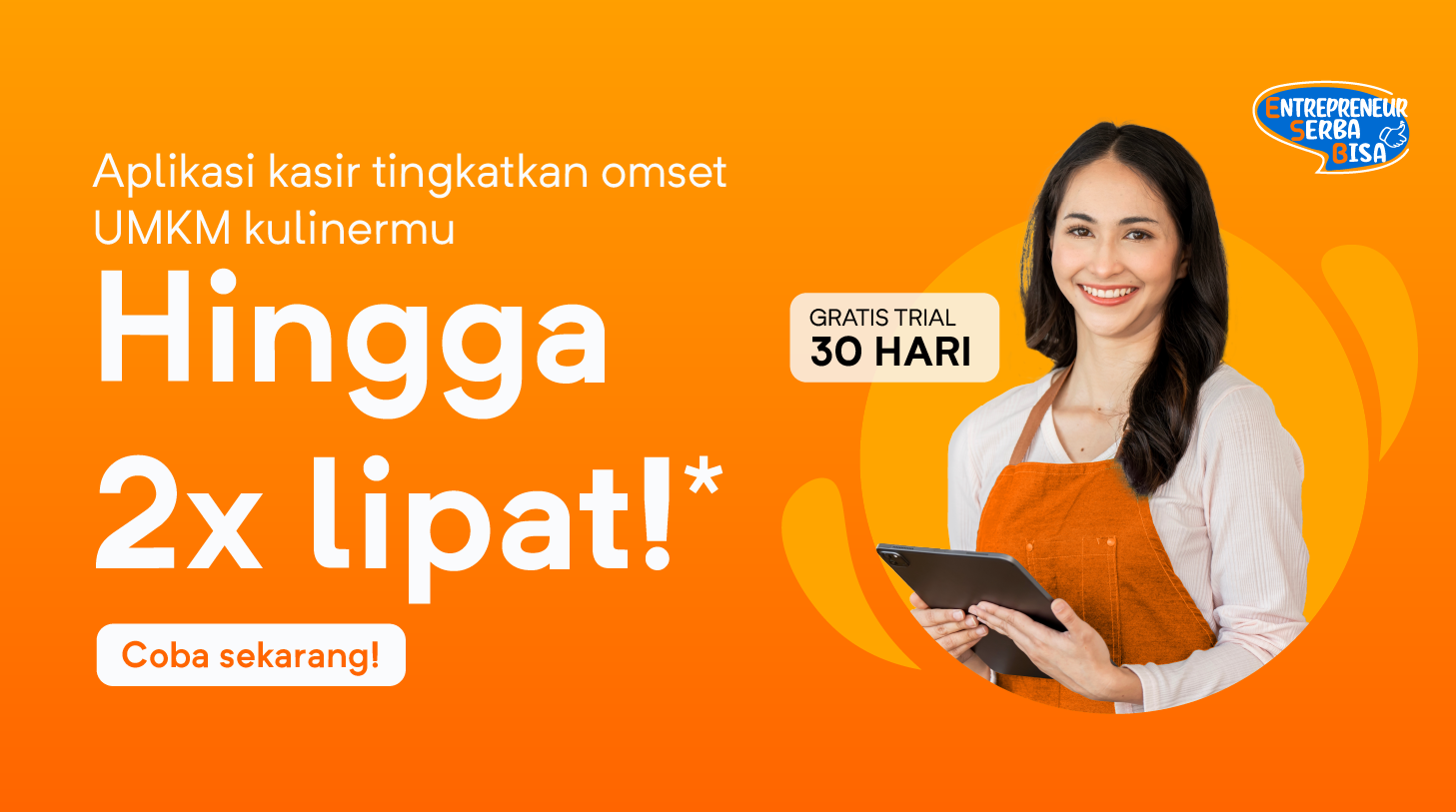 SHARE
SHARE
Example of Purchase Order & Differences with Invoice
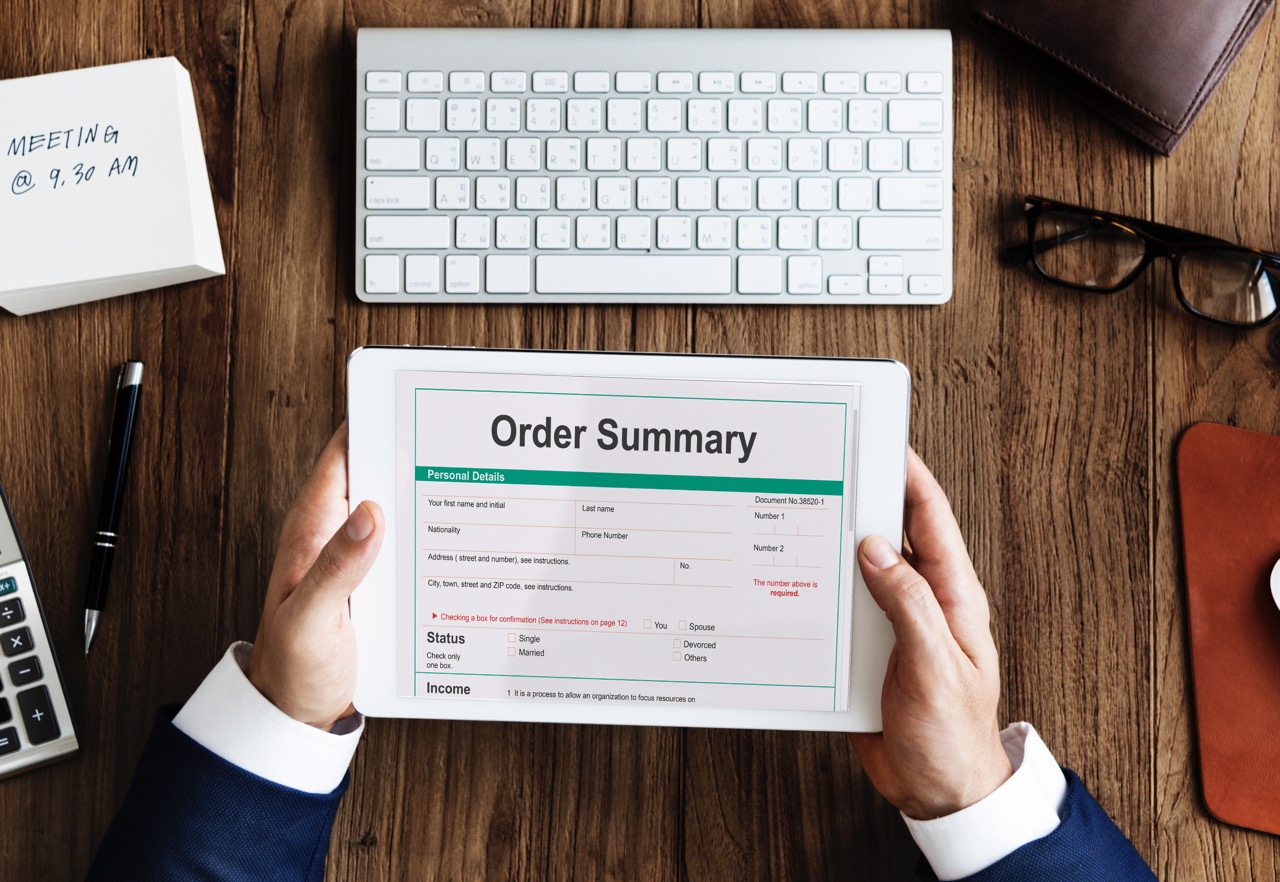
Business actors may already be familiar with some accounting terms such as notes, invoices, receipts, and many others. But have you heard of terms like purchase order or invoice? Although they may seem similar, PO and invoice have differences in buying and selling transactions. Curious about the differences and examples of purchase orders and invoices? Read on to find out more.
Introducing What Is Purchase Order
Source: Freepik.com
Purchase Orders are now very easy to find. If you're still unfamiliar with the term purchase order or PO, there's no need to worry.
In simpler terms, a Purchase Order is an official document prepared by the buyer that summarizes the goods or services they buy from the seller or supplier.
This document also serves as a contract that binds the agreement regarding the goods or services the buyer intends to purchase. Purchase orders play an important role as one of the legal documents that can prevent legal violations in the future.
Function & Example of Purchase Order
The function of the Purchase Order is very useful for securing product stock or documents according to the desired price and can also increase security from various legal violations such as fraud. For more details, you can read below:
- Transactions can be carried out more clearly because buyers and vendors can use this document as a basis if the order does not meet expectations.
- Helps secure the availability of goods, as the seller will ensure that the requested items are available and stored until the specified delivery time. The document also facilitates order management and enables efficient tracking if there are delivery issues.
- Assists in creating the company's budget by allowing the calculation of expenses incurred and integrating them into the overall budget. This helps control and manage money more effectively and efficiently.
- In terms of financial audit, it not only serves as an expenditure record but also as evidence that can be used to demonstrate to banks, auditors, or tax authorities that the company's business transactions have been conducted correctly.
- Lastly, it has legal value as it can be evidence in resolving disputes between both parties, thus helping to avoid mistakes in the future that could harm the company.
An example of a Purchase Order is when your company needs stock and wants to order from a supplier. For example, if you own a coffee shop and your plastic take-away supplies are running low, you can contact the supplier by providing a list of products you need along with quantities and prices, like the following purchase order example.
Introducing What Is an Invoice
Source: Freepik.com
Before understanding the differences between a purchase order and an invoice, it's better to first know what an invoice is. You may be more familiar with invoices than purchase orders.
An invoice is a document that must be held by every taxable entity. It serves as evidence of purchase transactions, including details of goods or services purchased and the amount to be paid. Both small and large companies are required to have this document. In addition to serving as billing evidence, invoices also indicate that the business entity has fulfilled its tax obligations.
Differences Between Purchase Order & Invoice
After understanding the definitions of purchase order and invoice, let's learn about the differences between these two documents, including:
- Who Creates and Receives the Document
Purchase orders are generally created by buyers to sellers. Whereas invoices are created by sellers and directly given to their customers.
- What Content is Included in the Document
A PO is a document that contains details of the products to be purchased or the services to be used. Meanwhile, an invoice is information about billing for goods or services.
- When Can the Document be Sent?
A purchase order is a document that will be sent when the buyer has ordered the goods. Whereas an invoice can be sent after the goods have been delivered and completed, along with their due dates, or after the services have been used.
It is important for you to understand the definition, function, and examples of purchase orders and invoices for business sustainability. Certainly, in this era of software and applications that can facilitate businesses, many applications can facilitate the creation of purchase orders. As a business actor, you must be wise in choosing a provider company, considering various factors such as service prices, provided features, ease of use, and so on. These considerations certainly adjust to the business you are running.
For example, ESB can be one of the recommended software providers that support purchase order features in your business. ESB Core is a series of ERP software that can also assist in your business processes, and of course, this purchase order feature can facilitate you in meeting the purchasing needs of your business stocks.
Source: ESB Documentation
To date, ESB POS has been widely used by well-known large brands in Indonesia and is installed in thousands of outlets, one of which is the BOGA Group. So, you no longer need to worry about finding software providers that facilitate your business. For more complete information, please visit the ESB website.
 SHARE
SHARE

